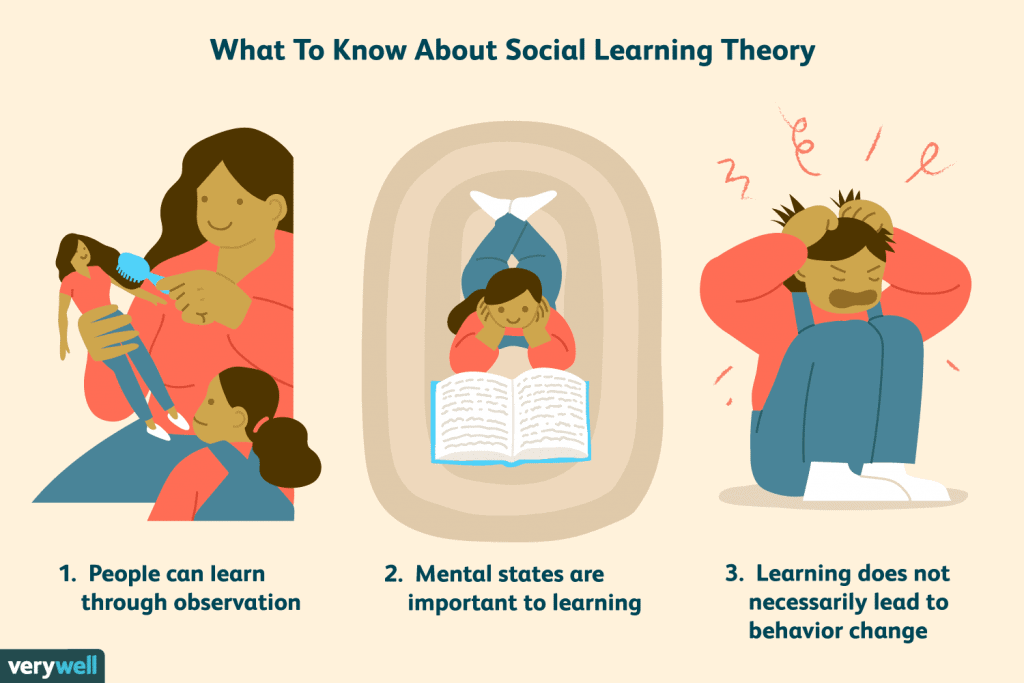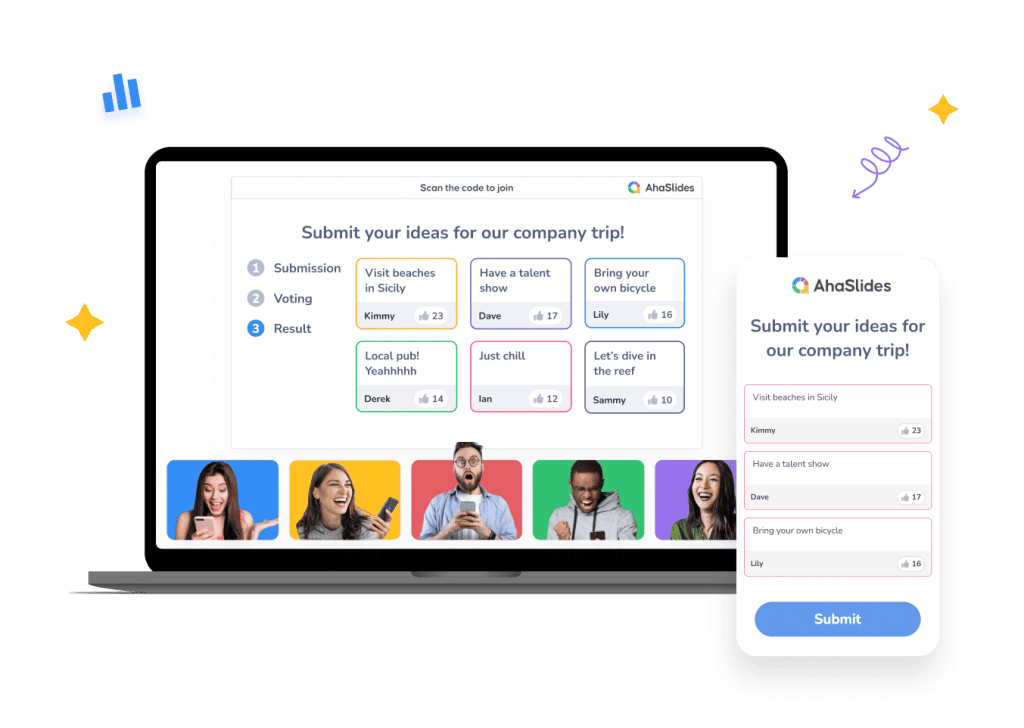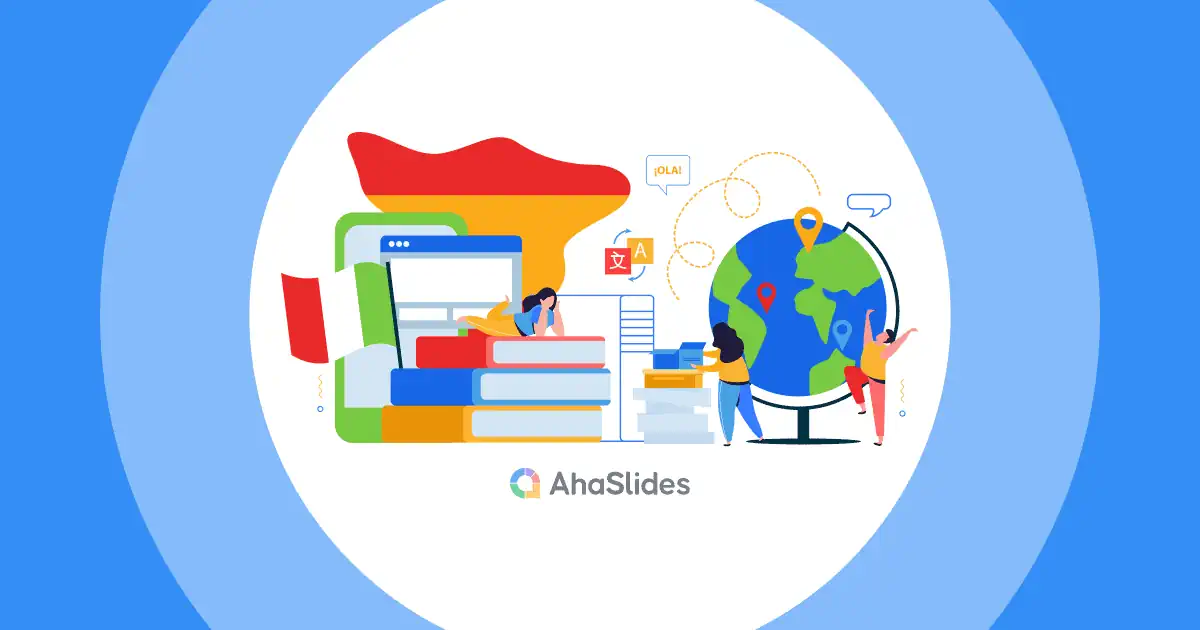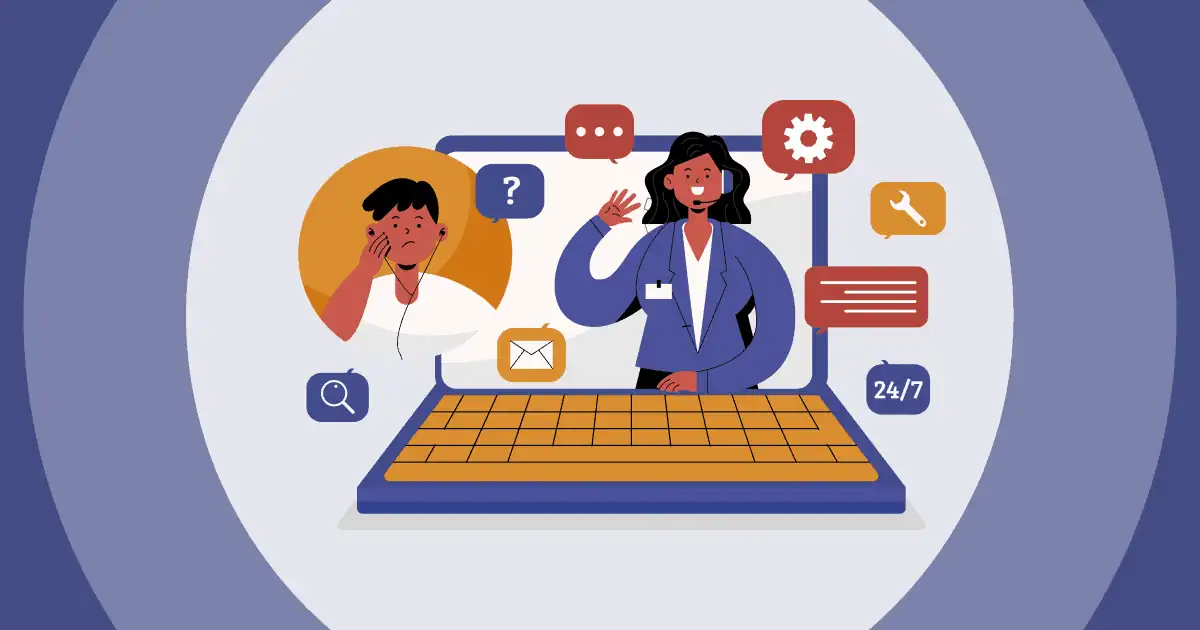People must go through the learning process to acquire knowledge. It requires investment in time and intention. Every individual has a unique learning environment and experience, so it's critical to maximize the learning process.
Based on this, theoretical research on learning theory was created to assist individuals in achieving high learning efficiency, as well as in the development of suitable learning strategies and the consolidation and enhancement of learners' success in the learning environment.
This article will examine the social learning theory, which is extremely helpful for individuals who pick up information from their environment. Social learning will produce incredible outcomes and numerous advantages when it is thoroughly comprehended and put into practice. Social learning is applicable not only in academic settings such as schools but also in business environments.
Look no further, let's dig a little deeper.
Table of Contents:
- What is Social Learning Theory?
- Key Concepts and Principles of Social Learning Theory
- Applications of Social Learning Theory
- Key Takeaways
- Frequently Asked Questions
Tips from AhaSlides
- Inquiry-based Learning | 5 Innovative Tips to Boost Classroom Engagement
- How to Brainstorm: 10 Ways to Train Your Mind to Work Smarter in 2025
- What is Cognitive Engagement | Best Examples and Tips | 2025 Update

Get your Students Engaged
Start meaningful discussion, get useful feedback and educate your students. Sign up to take free AhaSlides template
🚀 Grab Free Quiz☁️
What is Social Learning Theory?
For a very long time, specialists and scientists have studied a wide variety of social learning methodologies. Albert Bandura, a Canadian-American psychologist, is credited with coining the term itself. Based on social theory and research on how social contexts affect learner behavior, he created the social learning theory.
This theory was also inspired by Tager's work "The Laws of Imitation". Additionally, Bandura's social learning theory is regarded as an idea of supplanting an improvement over the earlier research of behaviorist psychologist B.F. Skinner with two points: Learning by observation or stereotyping and self-management.
Definition of Social Learning Theory
The idea behind social learning theory is that individuals can pick up knowledge from one another by observing, imitating, and modeling. This type of learning, referred to as observational learning, can be used to explain a variety of behaviors, including ones that other learning theories are unable to account for.
One of the most common examples of social learning theory in everyday life could be someone learning how to cook by watching others cook or a child learning how to eat rice correctly by watching a sibling or friend do it.
Significance of Social Learning Theory
In psychology and education, social learning theory examples are commonly seen. This is the starting point for studying how the environment influences human development and learning.
It contributes to answering questions such as why some children succeed in modern environments while others fail. Bandura’s learning theory, in particular, emphasizes self-efficacy.
Social learning theory also can be used to teach people about positive behaviors. Researchers can use this theory to understand and understand how positive role models can be used to encourage desirable behaviors, and cognitive engagement, along with support social change.
Key Concepts and Principles of Social Learning Theory
To get more insight into cognitive and social learning theory, it is crucial to understand its principles and key components.
Key Concepts of Social Learning Theory
The theory is based on two well-known behavioral psychology concepts:
Conditioning theory, developed by American psychologist B.F. Skinner describes the consequences of a response or action that affect its likelihood of repetition. This refers to the use of rewards and punishments to control human behavior. This is a technique used in everything from child rearing to AI training.
Classical Conditioning Theory, developed by Russian psychologist Ivan Pavlov, refers to the linking of two stimuli in the learner's mind to create an association with a physical impact.
He began to look at personality as a process of interaction between three quantities: (1) Environment - (2) Behavior - (3) The psychological development process of an individual.
He discovered that by using the boho doll test, these children changed their behavior without the need for rewards or prior calculations. Learning occurs as a result of observation rather than reinforcement, as behaviorists at the time argued. The earlier behaviorists' explanation of stimulus-response learning, according to Bandura, was too simplistic and insufficient to explain all human behavior and emotions.

Principles of Social Learning Theory
Based on these two concepts, along with empirical research, Bandura proposed two principles of social learning:
#1. Learn from observation or stereotyping
Social learning theory consists of four components:
Attention
If we want to learn something, we must direct our thoughts. Similarly, any disruption in concentration reduces the ability to learn through observation. You will not be able to learn well if you are sleepy, tired, distracted, drugged, confused, sick, scared, or otherwise hyper. Similarly, we are frequently distracted when other stimuli are present.
Retention
The ability to retain memory of what we have focused our attention on. We remember what we saw from the model in the form of mental image sequences or verbal descriptions; in other phrases, people remember what they see. Remember in the form of images and language so that we can take it out and use it when we need it. People will remember things that make a big impression on them for an extended amount of time.
Repetition
Following paying attention and retention, the individual will translate mental images or linguistic descriptions into actual behavior. Our ability to imitate will improve if we repeat what we have observed with real actions; people cannot learn anything without practice. On the other hand, imagining ourselves manipulating the behavior will increase our chances of repetition.
Motivation
This is an important aspect of learning a new operation. We have attractive models, memory, and the ability to imitate, but we will not be able to learn unless we have a reason to imitate the behavior. be efficient. Bandura stated unequivocally why we are motivated:
a. A key feature of traditional behaviorism is past reinforcement.
b. Reinforcement is promised as a fictitious reward.
c. Implicit reinforcement, the phenomenon in which we see and remember the reinforced pattern.
d. Penalty in the past.
e. Punishment has been promised.
f. Punishment that is not explicitly stated.
#2. The mental state is critical
According to Bandura, other factors besides environmental reinforcement impact behavior and learning. According to him, internal reinforcement is a type of reward that originates from within a person and includes sensations of pride, satisfaction, and achievements. It links theories of learning and cognitive development by focusing on internal ideas and perceptions. Even though social learning theories and behavioral theories are frequently mixed in books, Bandura refers to his method as a "social cognitive approach to learning" to distinguish it from different methods.
#3. Self-control
Self-control is the process of controlling our behavior, this is the operating mechanism that creates each of us's personality. He suggests the following three actions:
- Self-observation: We frequently have some degree of control over our behaviors when we examine ourselves and our actions.
- Intentional assessment: We contrast what we observe with a reference framework. For instance, we frequently assess our behavior by contrasting it with accepted social norms, such as moral codes, lifestyles, and role models. Alternatively, we can set our criteria, which may be higher or lower than the industry norm.
- Self-feedback function: We will use the self-feedback function to reward ourselves if we are happy to compare ourselves to our standards. We also tend to use the self-feedback function to punish ourselves if we are not happy with the comparison's outcomes. These self-reflective skills can be demonstrated in a variety of ways, such as enjoying a bowl of pho as a reward, seeing a great film, or feeling good about oneself. Alternatively, we will suffer agony and damn ourselves with resentment and discontent.
Related:
Applications of Social Learning Theory
Role of Teachers and Peers in Facilitating Social Learning
In education, social learning happens when students observe their teachers or peers and mimic their behaviors to pick up new skills. It provides opportunities for learning to occur in a variety of settings and at multiple levels, all of which rely heavily on motivation.
For students to apply newly acquired skills and gain lasting knowledge, they need to understand the benefits of trying something new. For this reason, it's often a good idea to use positive reinforcement as a learning support for students.
In the classroom, social learning theory can be applied in the following ways:
- Changing the way that we teach
- Gamification
- Instructors utilizing incentives to enhance intrinsically motivated learning
- Fostering bonds and relationships among pupils
- Peer evaluations, peer teaching, or peer mentoring
- Presentations or videos made by students
- Recognizing and rewarding students who exhibit the desired behavior
- Discussions
- Student-made role-playing or video skits
- Monitored the use of social media
Workplace and Organizational Environments
Businesses can apply social learning in a variety of ways. When social learning strategies are organically incorporated into everyday life, they can be a more efficient method of learning. People who learn best in social environments can also benefit greatly from social learning, which is a bonus for businesses wishing to implement this concept of learning within their workforce.
There are numerous options for integrating social learning into corporate learning, each requiring varying degrees of work.
- Study in collaborations.
- Acquire Knowledge via Idea Generation
- As an example, a comparison of standard Leadership
- Social media interaction
- Hand out through the Web
- Exchange of Social Learning
- Knowledge management for social learning
- Engaging educational resource
How to Build Effective Training Programs Using Social Learning Theory
Social learning takes place in the workplace when individuals observe their co-workers and pay attention to what they do and how they do it. Therefore, the following considerations must be made to develop effective training programs by applying social theory as effectively as possible:
- Encourage people to share their unique perspectives, concepts, anecdotes, and experiences.
- Establish a mentorship network inside the community
- Expand knowledge by constructing a workspace where employees can converse and exchange ideas on a wide range of subjects, and create a vision for the future
- Promote proactive cooperation more frequently, asking for and accepting help from one another, improving teamwork, and sharing knowledge.
- Address issues immediately.
- Motivate the attitude of listening to others as they answer their queries.
- Make mentors out of seasoned workers to assist new hires.

Key Takeaways
💡 If you are looking for an ultimate education tool that helps make the learning process more engaging and fascinating, head over to AhaSlides right away. This is a perfect app for interactive and collaborative learning, where learners learn from different cognitive engagements like quizzes, brainstorming, and debates.
Frequently Asked Questions
What is the main idea of social learning theory?
According to the social learning theory, people pick up social skills by observing and imitating the actions of others. The simplest way for kids to learn social behavior, especially in the case of younger ones, is through observation and watching parents or other significant figures.
What are the 5 social learning theories?
Albert Bandura Bandura, who developed the idea of social learning theory, suggests that learning occurs when five things happen:
Observation
Attention
Retention
Reproduction
Motivation
What is the difference between Skinner and Bandura?
Bandura (1990) developed the theory of reciprocal determinism, which rejects Skinner's theory that behavior is solely determined by the environment and instead holds that behavior, context, and cognitive processes interact with each other, influencing and being influenced by others at the same time.
Ref: Simply Psycology








